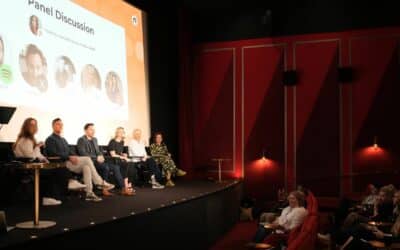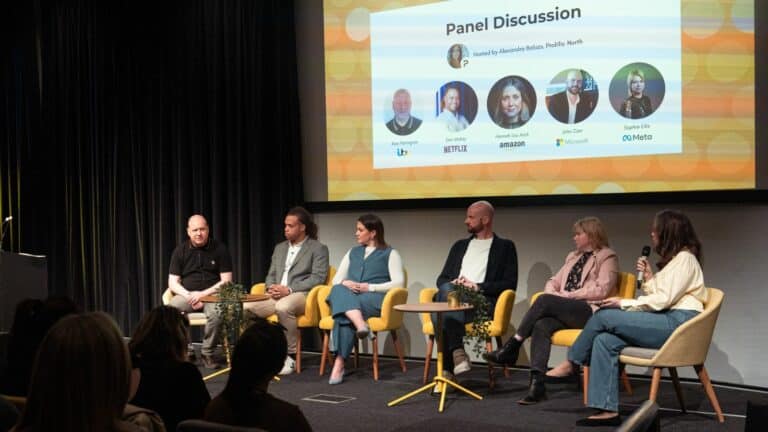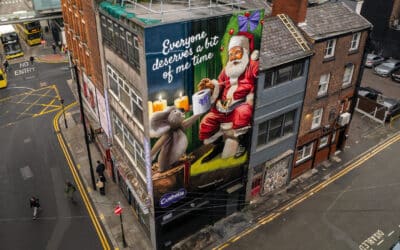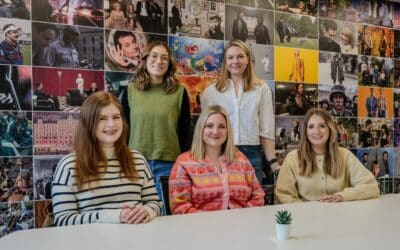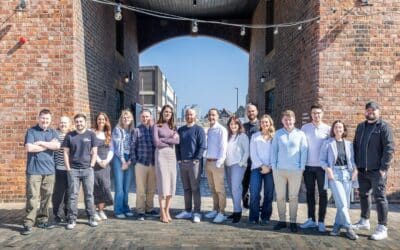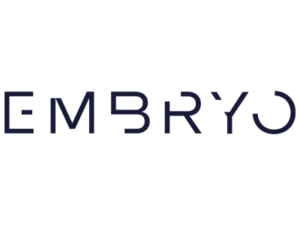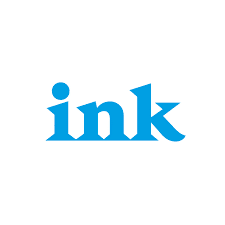Newcastle recently played host to a sold-out crowd as Bonded Agency united some of the world’s leading media and tech giants for the second annual Future Trends in Advertising Festival, held at The Catalyst.
With a speaker line-up featuring senior figures from Meta, Amazon, Netflix, Microsoft and ITV, the event gave in-house marketers and brand leaders in the North a rare opportunity to hear first-hand where the advertising industry is heading.
Headquartered in Newcastle, Bonded is a fully integrated digital and media agency, helping brands navigate an evolving media landscape and connect with their audiences.
Hosted by Managing Director Steve Underwood, the day was packed with innovation, practical takeaways and lively discussion. With 170 attendees filling the venue, engaging talks from each speaker, and a panel chaired by Prolific North’s own Alexandra Balazs, the event brought together ideas and expertise from across the media and tech landscape.
Steve Underwood, Bonded: Prioritising connection in a changing industry
Steve Underwood opened the festival with a nod to the agency’s ethos: prioritising human connection in an industry increasingly driven by automation.
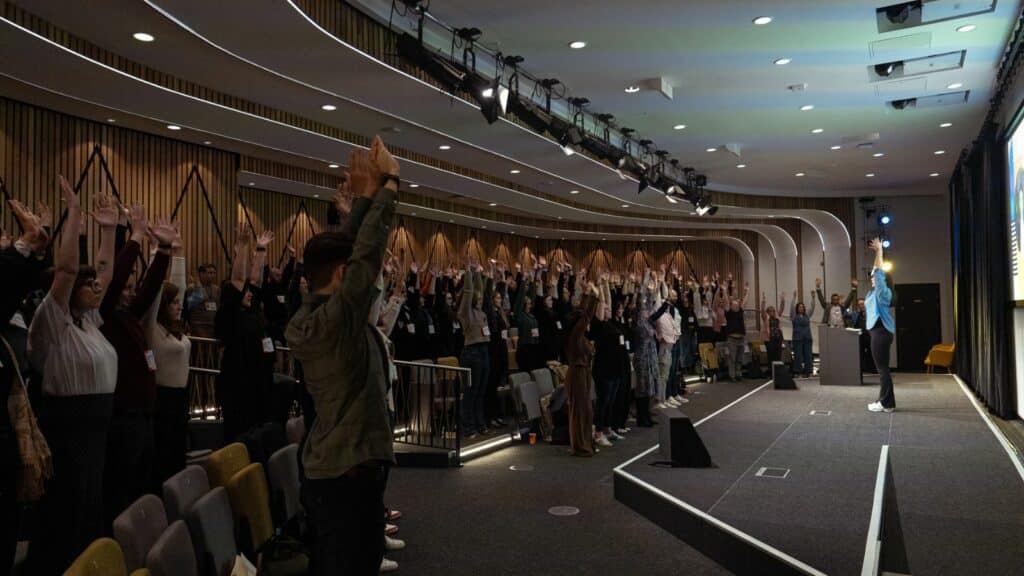
It was a key theme emerging throughout the day, from the high-impact talks to the energising movement breaks led by Bonded’s growth director (and Pilates instructor) Ellie Cresswell, giving attendees a chance to reset, stretch, and stay mentally focused between sessions.
Ross Partington, ITV: Bridging broadcast and digital
Ross Partington, digital controller at ITV, opened the speaker sessions with a detailed look at how the broadcaster is evolving to meet changing viewer habits while maintaining its core strength in reach and scale.
He highlighted the continued growth of ITVX, the streaming arm of the business, which now has 42 million registered users and generates over a billion hours of streamed content annually.
Central to ITV’s digital proposition is Planet V, the company’s programmatic advertising platform, which is fully owned and operated by ITV and now bills over £1 billion a year — making it the second-largest platform of its kind in the UK.
Partington shared several recent innovations aimed at improving targeting and measurement, including tools that allow brands to use their own first-party data, and partnerships with major retailers like Tesco and Boots to enable campaign targeting based on loyalty card data.
He also introduced new ad formats like Pause Ads — static placements shown when viewers pause content — which offer longer dwell times and are particularly effective for performance-driven campaigns.
Partington stressed that ITV is focused on bridging the gap between broadcast and digital, giving advertisers more flexibility while maintaining the trusted, brand-safe environment of TV.
Dan McKay, Netflix: Streaming’s cultural influence
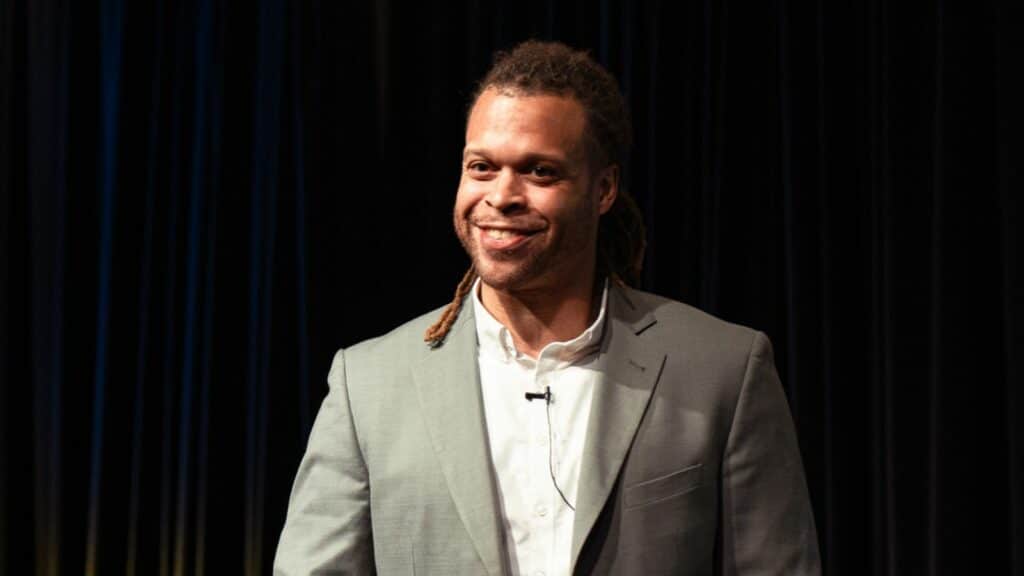
Dan McKay, senior sales partner at Netflix, shared insights into how the streaming service is not only leading in viewership but increasingly shaping wider cultural conversations.
He pointed to data from Barb showing that streaming now accounts for 40% of UK TV viewing time among 16–34-year-olds, with Netflix claiming the highest engagement levels.
McKay highlighted how Netflix’s broad content mix, from reality shows to thrillers, allows brands to reach audiences in a range of tastes and emotional states, with members typically watching four different genres each month in the UK.
He also discussed the so-called “Netflix effect” — where shows influence everything from baby names to search trends — using examples like Bridgerton and The Gentleman.
On the advertising side, McKay explained how Netflix is building an ad experience designed to protect the member experience through limited ad loads, frequency caps, and hand curated breaks.
Current formats include Single-title Sponsorships and Pause Ads placements, plus the ability to target Netflix’s Top 10. He concluded by hinting at further developments in targeting and creative integration as the service continues to expand its advertising offering in the connected TV space.
Hannah Lou Arch, Amazon: Advertising across ecosystems

Hannah Lou Arch, sales manager at Amazon, spoke about the platform’s continued expansion into entertainment and advertising, highlighting how services like Prime Video, Freevee, Audible and Twitch now sit alongside the company’s retail and smart tech offerings.
In the UK, Prime Video now reaches 19 million monthly ad-supported viewers, with a particularly strong following among younger demographics. Arch shared how Amazon is developing a range of tools aimed at making advertising more accessible and effective for brands of all sizes.
These include a beta-stage AI video generator designed to simplify ad production, and new interactive formats that enable viewers to add products to their Amazon cart or learn more about a brand directly from their TV screens.
She also highlighted Twitch’s role as a fast-growing destination for younger audiences, describing it as a community-led platform where brands can engage users through branded content, influencer partnerships and sponsorships.
With comparatively low overlap with other major social platforms, Twitch was positioned as a valuable channel for advertisers looking to diversify their reach.
John Carr, Microsoft: The role of AI in customer experience
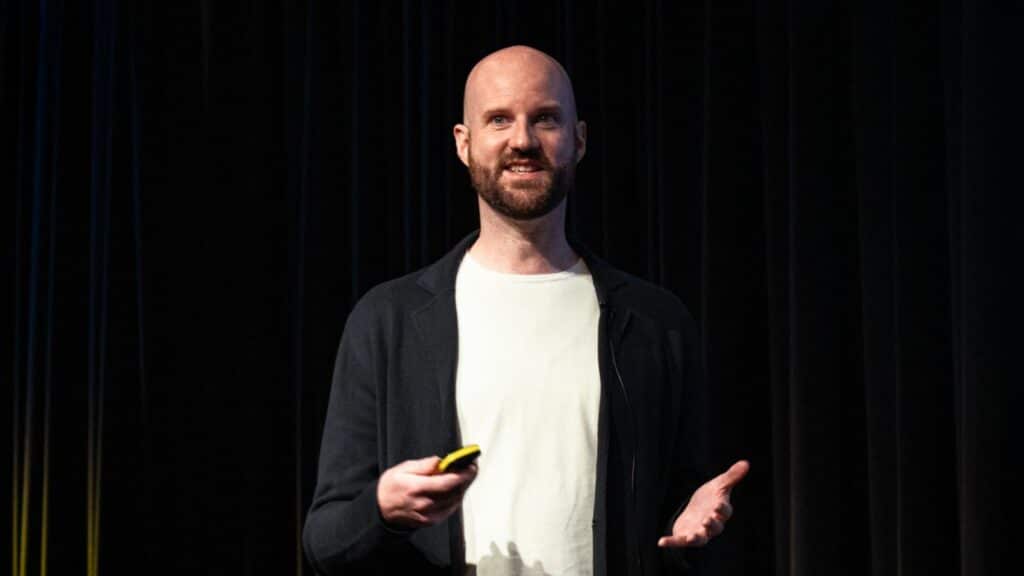
John Carr, commercial director at Microsoft, reflected on the company’s 50-year evolution — from the early days of MS-DOS to today’s AI-driven advertising solutions.
His talk focused on the increasing role of artificial intelligence in shaping how brands connect with audiences, particularly through Microsoft’s AI assistant, CoPilot, which is now embedded across key products including Bing, Outlook and Windows.
Carr shared data suggesting that CoPilot users are not only more engaged but also convert at higher rates and complete journeys faster. He pointed to the broader shift in consumer expectations, with more people now demanding personalised, real-time experiences across multiple channels.
The session also touched on the value of gaming as an advertising channel, challenging outdated perceptions by revealing that over 40 million people still play Solitaire monthly, and that gaming now spans all age groups and devices.
Microsoft’s Ad Studio was introduced as one of several tools helping brands generate AI-powered creative, with Carr concluding that relevance, reach, and results will be the core measures of success in an increasingly AI-first advertising landscape.
Sophie Ellis, Meta: Creative at scale with AI
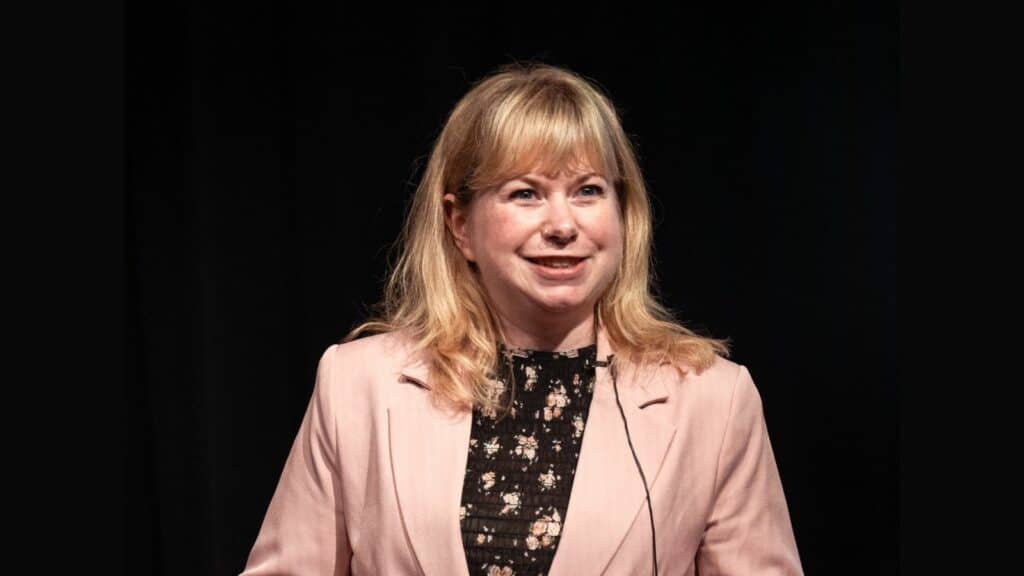
Sophie Ellis, agency partner at Meta, focused her talk on how artificial intelligence is transforming the way creative content is produced, delivered and optimised across the Meta ecosystem.
With over 700 million people now using Meta AI each month, she outlined how the company’s significant investment in AI is powering new tools that allow advertisers to scale their creative efforts more efficiently, without sacrificing quality or brand consistency.
Ellis showcased Meta’s Advantage+ creative features, which generate multiple ad variations automatically, and highlighted how advertisers can input brand elements like tone of voice, logos and colour palettes to maintain control over the final output.
She also introduced Motivator Maps — a framework built by Meta’s Creative Shop that links emotional motivators to ad performance, helping brands align messaging with audience mindset.
While the tools are designed to automate much of the creative process, Ellis made it clear that human creativity remains essential, closing with the reminder that while creative can be automated, creativity itself can’t be replaced.
Panel discussion: strategy, stakeholders and the future
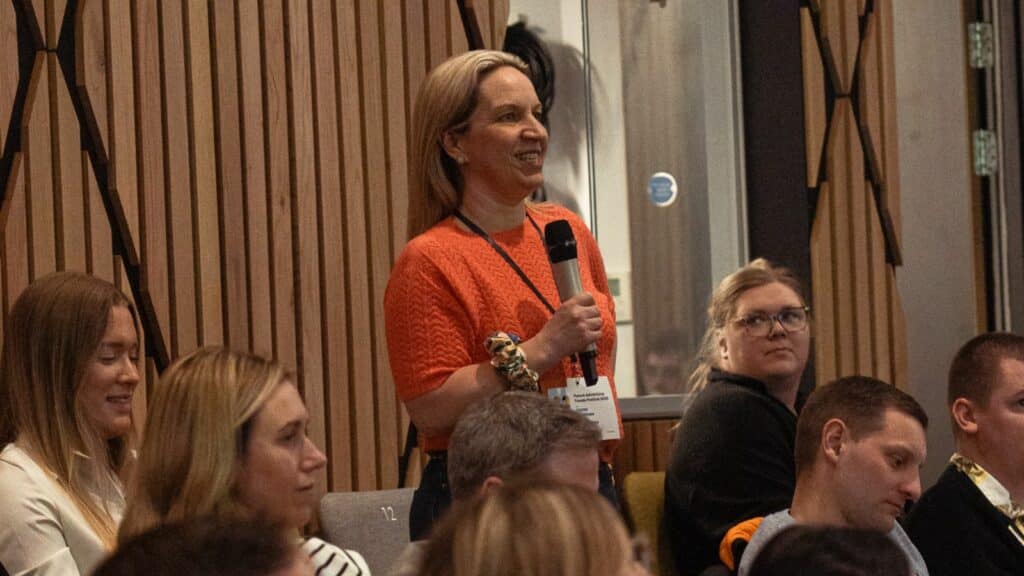
The speaker sessions were followed by a wide-ranging panel discussion, chaired by Prolific North’s Alexandra Balazs, who returned to host for the second year running.
With all the representatives from ITV, Netflix, Amazon, Microsoft and Meta all back on stage, the conversation explored the challenges and opportunities facing advertisers in 2025 — from measurement and regulation to the evolving role of AI and creativity.
Ross Partington spoke about ITV’s efforts to bridge traditional and digital platforms, referencing the broadcaster’s work with YouTube to offer ‘Total TV’ packages that combine linear, streaming, and online channels. These have been trialled with popular shows like Love Island and Big Brother, helping brands experiment with cross-platform campaigns.
He also addressed a common concern: whether TV advertising is accessible for smaller brands. With Planet V, he explained, ITV has removed minimum spend requirements and tech fees, allowing advertisers to test on a smaller scale and build confidence before committing more budget.
Netflix and Amazon were both asked how they balance user experience with increasing ad demand. Dan McKay made the case that because Netflix’s ad-tier is opt-in, users expect ads and are more accepting of them — especially when they’re designed to blend into the viewing experience.
Hannah Lou Arch echoed this point, suggesting that ad-supported content is becoming the norm across streaming platforms, much like it always has been on traditional TV. The key, she said, is to offer value in return, whether through lower subscription costs or relevant creative.
John Carr, from Microsoft, shared his perspective on how content discovery is changing. He described the shift from keyword-led search to more conversational, back-and-forth exchanges — a trend that’s shaping how Microsoft is building its AI tools. “The future is semantic,” he said, noting that search will become increasingly contextual and interactive.
Asked about upcoming innovations, Sophie Ellis highlighted Meta’s advancements in lead generation powered by AI — where ad delivery and form formats are automatically optimised based on user behaviour.
She also offered advice for small businesses looking to succeed on social platforms: keep creative short, platform-specific and designed with mobile in mind, rather than repurposing traditional TV ads without adaptation.
When the conversation turned to measurement, Jayne Andrews from Fentimans raised a challenge many advertisers face: how to prove ROI on ads that aren’t seen in a scheduled, linear format.
Ross responded by outlining ITV’s reporting capabilities, including tracking via DoubleClick and proximity-based sales data from supermarkets, supported by control group testing to validate campaign impact.
Another question, from David Nix at TV Scape, focused on regulation. Both Ross and Hannah reinforced the importance of clearances, such as Clearcast approval, not just as a compliance requirement but as a safeguard for consumer trust. Maintaining quality and avoiding misleading content was presented as a shared responsibility across the industry.
Bert Van Eetvelde from OddBalls asked how brands rooted in social content can take their message to TV. The panel responded with a range of ideas. Ross pointed to ITV’s in-house production capabilities, which support brands without traditional video assets, while Hannah cited a sponsorship example involving Molly-Mae’s documentary, where social-first content was adapted for the screen.
Dan added that pause ads provide a valuable entry point for brands without high-end video, while Hannah encouraged testing the same creative on Twitch to reach a different but highly engaged audience. John returned to the importance of starting with the story itself — suggesting that tools like CoPilot can help brands refine their message before thinking about execution.
The final question, from Phil at Sigma7, tackled the rise of AI-generated content on platforms like LinkedIn, and the tension between authenticity and automation. Sophie Ellis acknowledged the concern and explained that Meta is investing heavily in responsible AI development, including partnerships with organisations like Response to AI. Hannah added that AI should be used as a collaborative tool — not as a copy-paste solution — and that working with it interactively can help retain a human voice.
Throughout the session, panelists agreed on several key points: creative remains a critical point of difference, personalisation must be balanced with brand consistency, and testing — whether on social, TV, or streaming — is essential to improving performance. The conversation reflected the tone of the whole day: practical, honest and future focused.
NABS and event takeaways

The event also highlighted the work of industry charity NABS, with a short video introduced by Bonded’s managing director Steve Underwood. A raffle held on the day raised £240 to support the organisation’s work in mental health and wellbeing across the advertising and media sectors.
Before closing the day, Steve also unveiled Content & Create — Bonded’s newly launched content production service. Designed to help brands create platform-specific content that cuts through, the service was introduced with a showreel showcasing some of the agency’s recent creative work.
Bringing together senior figures from some of the world’s largest media and tech companies, the festival offered a broad view of how the advertising landscape is shifting — from advances in connected TV and AI-driven personalisation to the challenges of measurement, creative adaptation, and audience trust.
Throughout the talks and panel discussions, a recurring theme emerged: the role of marketers is becoming more complex and more human at the same time. While platforms and placements still matter, the priority is shifting towards people — their habits, motivations, and the moments that shape their media behaviour.
Following the event’s success, Bonded is already planning to take the festival to Edinburgh, the home of its second office.

